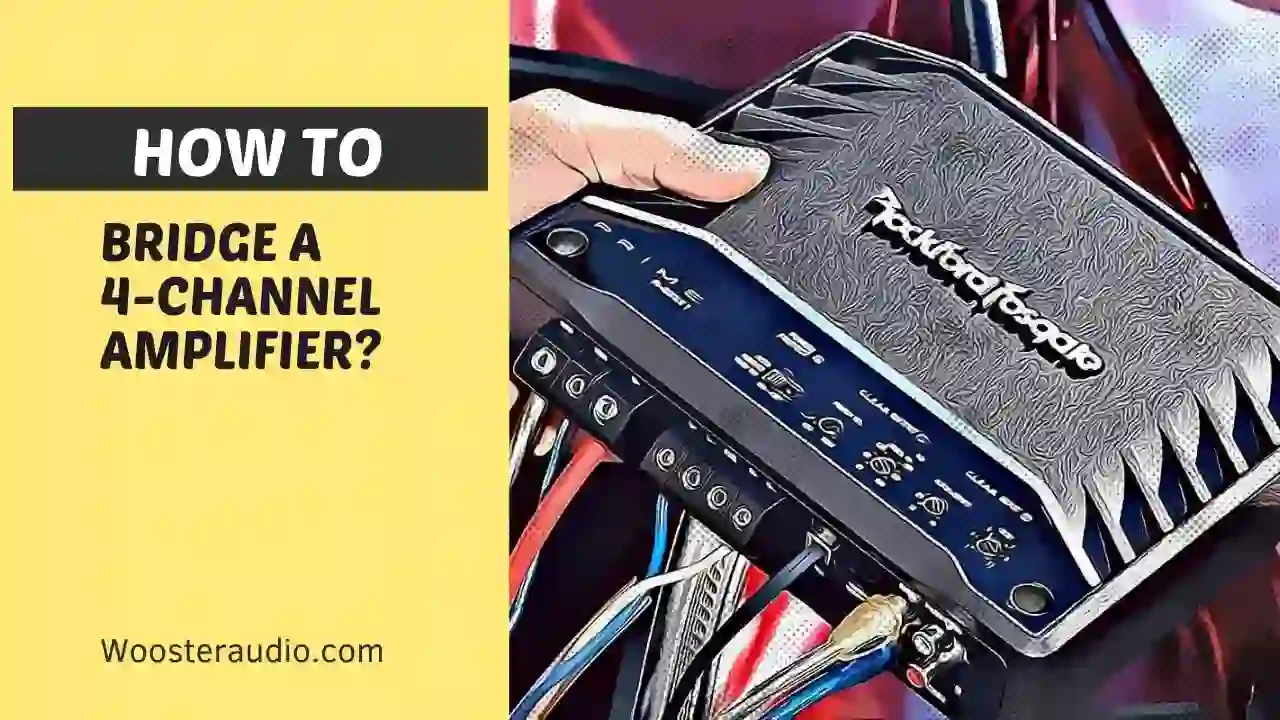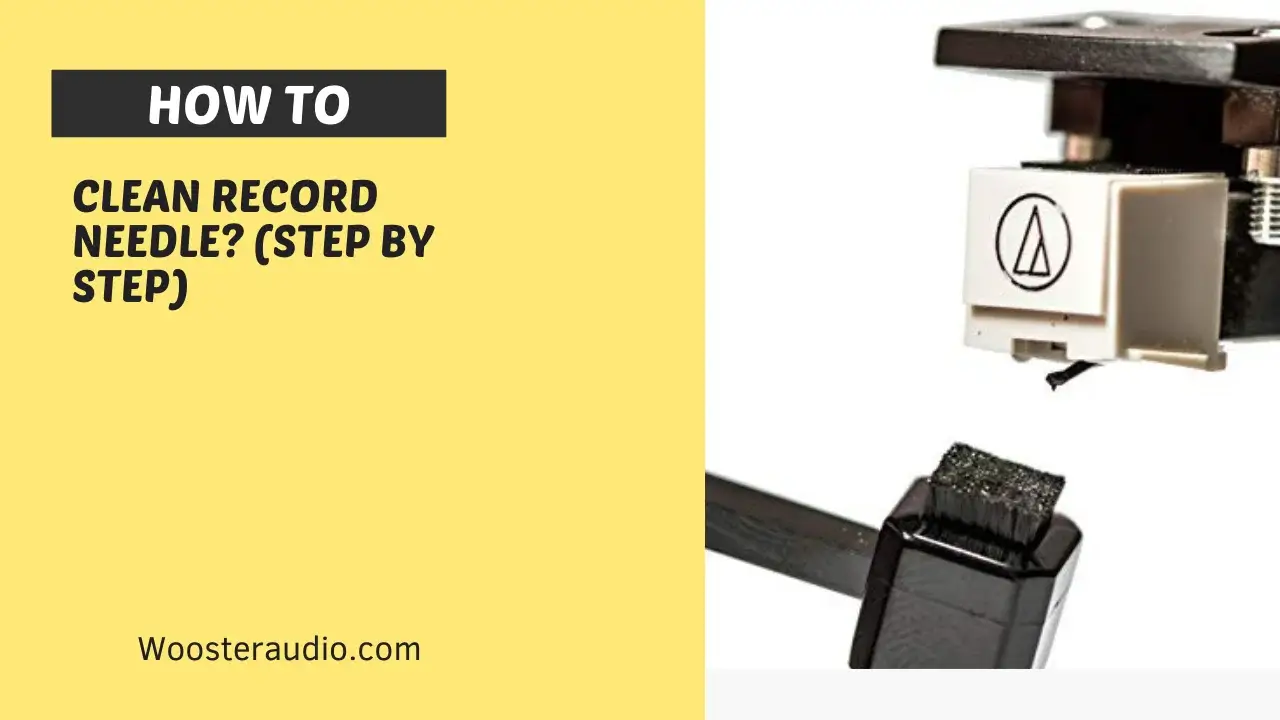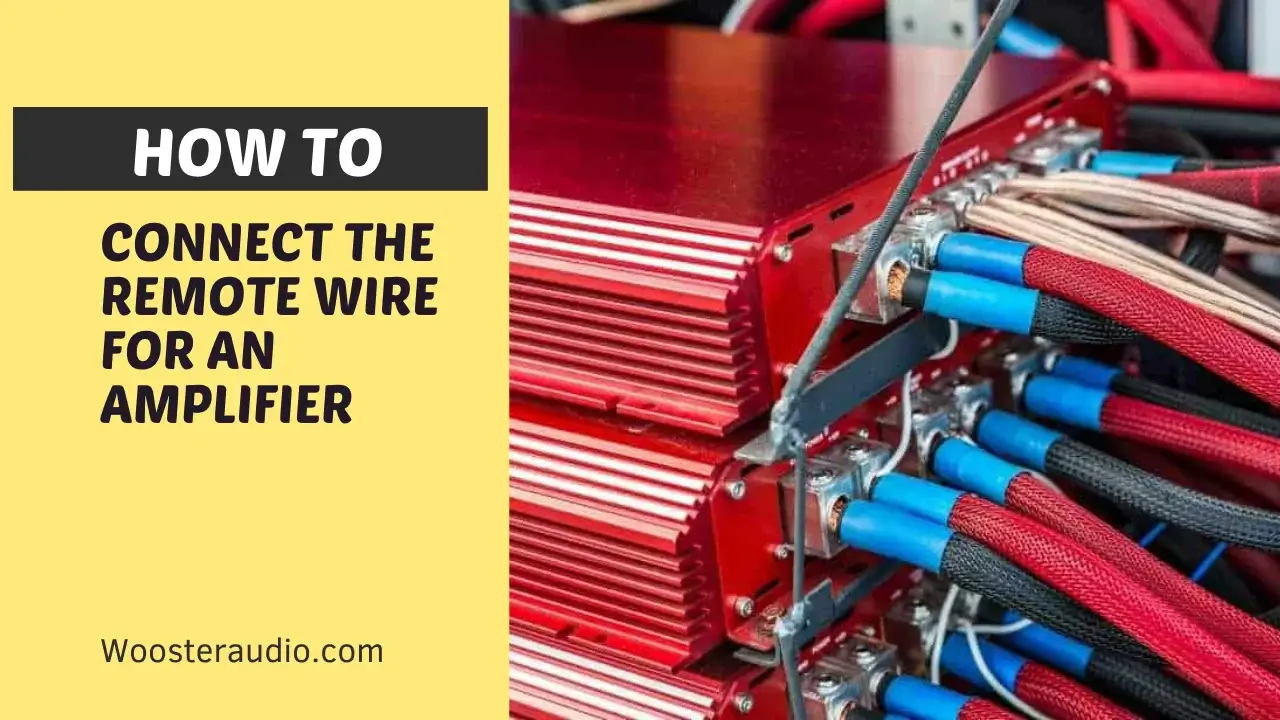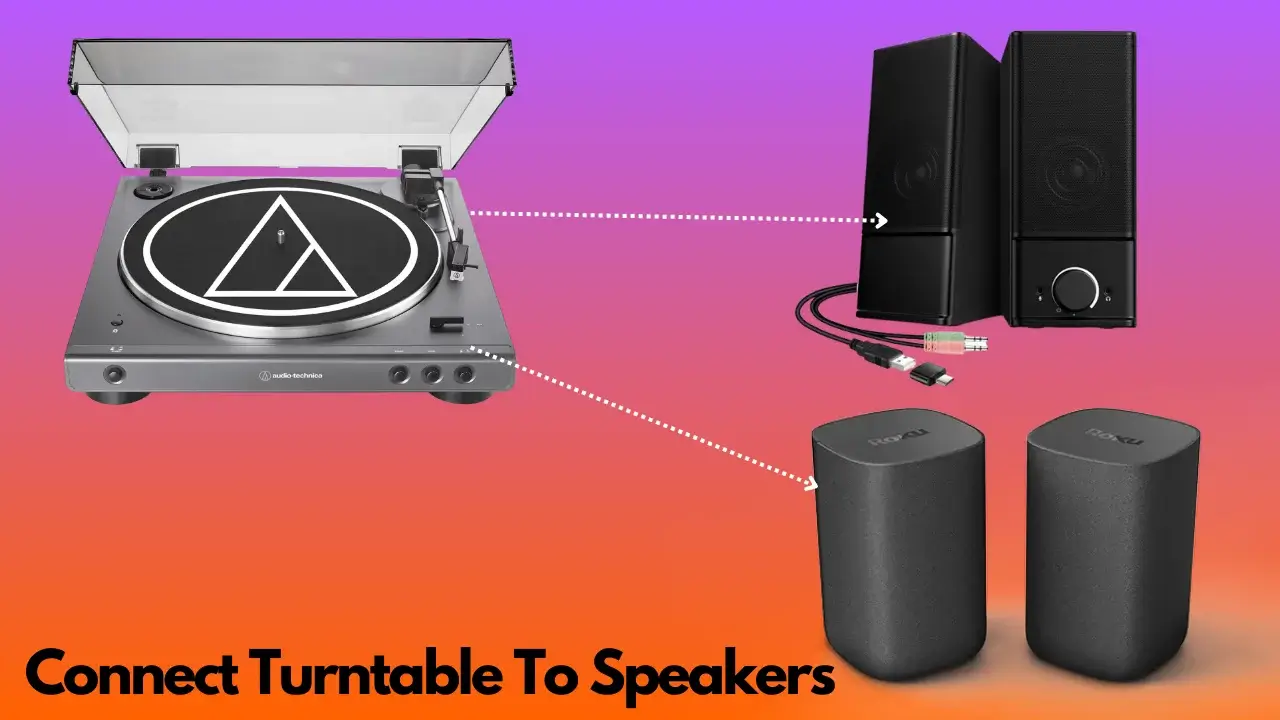It is possible to bridge your Amplifier if you have difficulty getting sound through your Amplifier. But make sure that your Amplifier is bridgeable, as not all amplifiers can be bridged. Using the Bridge speakers diagram will make it easier for you.
Suppose you’re in the market for an amplifier that can handle your car audio and full-range bass needs. In that case, you’ll want to look at the 4-channel amps on the market, which allow you to easily switch between the different channels, which is helpful if you have to play various instruments in the same song. You will learn how to bridge a 4-channel amp in this article.
What is a bridge?
There are several uses for bridges, including connecting two different audio systems, connecting a computer to an audio system, and connecting two different power cord types. Additionally, bridges can help resolve audio problems between devices. It is possible to resolve audio conflicts by understanding the basics of bridges.
What Is Car Amp Bridging?
You can accomplish this by using car amp bridging (or “Powering off”), a simple and convenient solution. Most amplifiers have a setting called Bridge Mode or Bridging (to increase the output power by combining more than one channel). You get extra power from doubling the load (2 ohms). This is done by connecting the positive signal with the negative signal of the channel, and note that amplifier power is only based on the voltage and impedance of the speaker.
- Consider an amplifier (having voltage -21 and +21V)
- Suppose you have attached a 4-ohm speaker to your Amplifier.
- Are you interested in finding out how much power your car amplifier is capable of delivering? To get started, follow these steps:
- It would be best if you doubled the maximum output voltage of your car amplifier.
- Now divide the result (2x max output voltage) by load impedance.
Formula For Car Amp Bridging
- Amp max power = (Max output voltage)² / load impedance (measured in watts)
- Suppose Max Power Output Is 100 watts.
- Amp max power = (20)² / 4 = 100
Some Considerations Before Bridging An Amplifier!
- You will likely want a more powerful amp if you play Death Metal all the time instead of country music.
- It is possible to have an amp that will give you a heavy, distorted sound, while you may also want an amp that will provide you with a clean, less distorted sound.
- Two types of amps can be connected with a bridge. For instance, a bridge is used when connecting a high-powered amplifier to a low-powered amplifier.
- Cables for a bridge need to match cables for the devices it connects. For instance, you need speaker cables when connecting a speaker to an amplifier. Cables are needed if you’re connecting an amplifier to another amplifier.
- Be sure your devices are sending compatible signals when you bridge an amp.
Read: Where to connect remote wire for an Amplifier?
How to Bridge 4-Channel Amp Only In 5 Steps?
Check the specifications of your Amplifier to ensure it is bridgeable or not. Ensure your Amplifier does not overheat when connected to speakers at half capacity.
Understand equipment layout properly. What to see on 4-Channel Amp?
Eight terminals on the 4-Channel Amplifier and channels marked as 1,2,3,4,5 ( Each channel has positive and negative terminals (Two Terminals + AND -)
Let’s Understand channel terminals:
- Channel 1 > A for Positive > B for negative
- Channel 2 > C for positive > D for negative
- Channel 3 > E for positive > F for negative
- Channel 4 > G for positive > H for negative
- Now connect speakers ( use wires connected to them)
- Connect your speaker’s positive terminal to channel one positive terminal (A for Positive).
- Connect the negative speaker terminal to channel two negative terminals (D for negative)
- Connect your speaker wire to the Amplifier, and to do this, you have to use the amplifier terminal’s screw, and at the top and bottom of the terminal, you have to place the wires.
- Now connect the wires of the positive speaker terminal to the positive terminal of channel 3 (E for positive) and the negative speaker terminal to the negative terminal of channel 4 (H for negative)
So, in short first, locate the 4-channel Amp’s input wiring harness. This can be found on the bottom or right side of the Amp. You’ll find two pairs of wires - one each for the positive (+) and negative (-) channels.
What are the benefits of bridge-amping my Amp?
In bridge-amping, an additional amplifier is added between the source and the speaker to increase the Amplifier’s power output. In turn, the Amplifier added to the original can be used to enhance the Amplifier’s power output. There are a few benefits to bridge-amping an amp.
- The first benefit is that your music will sound louder and more apparent.
- As a second benefit, it can help your Amplifier last longer.
What if I break the bridge?
A bridged amp with a broken lead can be repaired as long as the broken lead is disconnected from the Amp. If the broken lead is connected to the Amplifier, it will create an electrical short, which could damage the device.
What is a 4-Channel Amp?
In audio terms, a 4-channel amplifier is capable of handling four channels at once. It is a popular amplifier in recording studios, live performances, and car audio systems. 4-channel amplifiers provide extra power to speakers in live performance settings and can be used to boost individual channels in stereo or multi-track recordings. A 4-channel amp is also popular among audiophiles who want to boost bass and treble frequencies in their music recordings to improve sound quality.
Wiring A 4-channel Amp To A Subwoofer
- Ensure you use the correct connectors when wiring a four-channel amplifier to a subwoofer. Generally, you’ll want to connect the subwoofer to the Amplifier’s left and right speaker terminals.
- Connect the Amplifier’s SUB OUT port to the subwoofer’s RCA inputs using a Y-splitter cable. The subwoofer’s power will be increased as a result.
- First, you should understand how positive and negative speaker leads differ. Positive speakers are connected to terminal A, while negative speakers are connected to terminal D.
- Remove the terminal screw from the Amplifier and attach the speaker wires.
- Make sure you secure the connections and then screw the screw down to connect them.
- Now, make sure you know the total amp load capacity of the speakers you’re connecting. Generally, 4-Channel Amps are limited in how many speakers they can power, but you should avoid exceeding that limit.
- You will likely have problems if you need to learn how to wire your speakers. Ensure the subwoofer’s total impedance is at most 2 ohms to avoid this problem.
- If your subwoofer uses a dual-voice coil, your Amp will have to bridge two channels. You will need to adjust the gain settings of the two channels to accomplish this.
- Before bridging two channels, make sure the subwoofer is set up correctly.
- To see if the channels of your Amplifier can be bridged, check the user manual. A bridged internal design is already present in some amplifiers.
- Once you know the bridging capability, you can bridge the two channels and drive your subwoofer with twice the power. This will increase the output level of your system by 3 dB.
- With a four-channel amplifier, you can make two types of connections. A parallel connection is one type, and a serial connection is another. There is no difficulty in making a parallel connection. The first connection connects the positive and negative wires of the speakers. Continue connecting speakers until all are connected.
- The way your 4-Channel Amp is wired will determine how it connects to a subwoofer. An amplifier’s impedance and its minimum impedance are essential to know. The rating determines the type of subwoofer you need and the wiring technique you’ll use.
Bridging a 4-Channel Amp
A 4-channel amplifier can be bridged to increase its power without spending much money on separate components.
- Including the subwoofer, the Amplifier’s positive and negative wires need to be connected to each channel.
- Connect the speaker’s RCA cable to the positive terminal on the Amplifier’s left side.
- Tighten and secure the connection.
- A bridged amplifier offers better sound quality and power than separate channel amplifiers.
- Ensure your Amplifier supports bridged configurations before you try to bridge a 4-Channel Amp. Your components may be damaged and overheated if you do this. Ensure that your Amplifier has the right impedance.
- If the Amp is operated at two ohms, it will produce more power and play louder than if operated at four ohms. However, you should only connect two speakers to each channel. Your audio system can be damaged if you use more than two speakers on one channel.
- A bridged amplifier can allow multiple subwoofers to be driven by one Amplifier. Adding a single subwoofer to a 2-channel amp is also possible. Positive terminals are found on the left channel, while negative terminals are found on the right channel.
- Because a four-channel amplifier’s positive and negative leads can be connected, it is an excellent option for subwoofers. In other words, a 4-Channel Amp can drive two subwoofers at a four-ohm impedance. Nevertheless, a bridged amplifier can overheat if it’s overloaded.
- Identifying your speakers' impedance is the first step.
- The ohm load of the Amp should be matched to that of the speakers and subwoofers.
- Last but not least, you should determine whether the Amp can be bridged. The information you need to bridge a 4-channel amplifier can usually be found in the Amplifier’s manual. Unless you are an expert, checking your owner’s manual or searching online before you start is a good idea. If the Amp is not bridgeable, consider hiring a professional to do it for you.
Impedance rating of a 4-Channel Amp
- Choosing the suitable 4-Channel Amp is vital if you want to enjoy the full potential of your speakers. Peak power differs from continuous power. Peak power represents the maximum power output at one time and is only relevant in the short term. Continuous power is more informative and accurately reflects the Amplifier’s overall power output.
- The higher the Ohms, the better the sensitivity of the speaker. The output impedance of the Amplifier should also be taken into consideration.
- If you want stereo sound, your Amp must have an impedance of at least four ohms. If the Amp’s maximum load capacity is less than this, the speaker load will be too high. Also, the Amplifier will overheat and become damaged due to low output power.
- There should be at least two speakers on each front channel of a system with a subwoofer. Ensure that the subwoofer is wired to 4 ohms or higher so it won’t overload the Amplifier. The 4-Channel Amp’s speaker impedance can also be checked with a multimeter. To prevent overheating, you need to ensure the system isn’t overloaded.
- Having the same impedance as the Amplifier is essential for a 4-Channel Amp. Check the impedance rating and other specifications before connecting your 4-Channel Amp to your speakers.
- It is also possible to check the Impedance of a 4-Channel Amp by referring to the specifications provided by the manufacturer. Almost all of them can drive 4-ohm loads when bridged, but some may be able to drive 2-ohm loads on each channel.
- A 4-Channel Amp must be suited to the music you’ll be playing. The impedance rating of a light-dance music amplifier is around 4 ohms, while a heavy-metal amplifier’s Continuous Power Handling rating is 2.5 ohms.
How to Bridge a 4-Channel Amp to 2 Subs
Two subwoofers can add a lot of bass to your car stereo system so you can enjoy your music even more. You might need some help getting everything to work if you’re unfamiliar with 4-channel amps or need the right cables or splitters. We’ll show you how to bridge a 4-channel amp to two subwoofers using simple household items.
What You’ll Need
To bridge a -Channel amp to subs, you’ll need the following items:
- A subs amp
- A Channel amp
- Two RCA cables
- An AC power cord
- You should connect the subwoofer amp to one end of the RCA cable and the channel amp to the other end.
- The sub’s Amp needs to be connected to the AC power cord.
- Turn on the Subs amp and the Channel amp.
- Press and hold down the “Source” button on the Channel amp until you hear a beep.
- Release the “Source” button and listen to your subs.
How to Bridge the 4-Channel Amp to Subs
A four-channel amplifier can be connected to subs in a few different ways. You can use an amp bridge as an option. The amplifier channels can also be connected in parallel to the subs using a Y-adapter. Both of these options are suitable for connecting multiple amplifiers to subs simultaneously. It is possible to connect a mono-sub connector to subs if only one Amplifier needs to be connected to them. This connector connects one amplifier output and one sub-input.
Tips for Success
If you’re looking to bridge a -Channel amp to subs, there are a few tips that will help make the process easier.
- First, be sure to have the correct cables on hand. If you’re using an amp and subs, you’ll need the right cable. Check your Amplifier’s manual or contact the manufacturer if you need help determining what type of cable you need.
- Next, make sure that both your Amp and sub are properly grounded. This is important because it will ensure proper communication between the two devices. Make sure to have a ground wire handy when connecting them.
- Finally, ensure that your Amp’s volume is turned up as high as possible. This will help to ensure optimal performance between your Amp and sub.
How to Bridge a 4-Channel Amp to 2 Speakers and 1 Sub
Adding depth and power to your music-listening experience is easy with a 4-channel amplifier. But what if you only have room for one speaker and one subwoofer? This article will show you how to bridge a 4-channel amplifier to two speakers and one subwoofer using a simple splitter.
What You’ll Need
Following are the items you’ll need to connect a 4-Channel Amp to speakers and subwoofer:
- A Channel Amp
- Speakers
- Subwoofer
Using a Channel Amp to bridge speakers and subs is as simple as following these steps:
- Connect the speaker outputs of the Channel Amp to the speakers.
- Connect the subwoofer output of the Channel Amp to the subwoofer.
How to Connect Your Speakers and Sub To 4-Channel Amp
A 4-Channel Amp needs to be connected to your speakers and subwoofer by following simple steps.
- First, connect the RCA cables from the 4-Channel Amp to the speakers and sub.
- Then, connect the power wires from the 4-Channel Amp to the power ports on the speakers and sub.
- Finally, plug in the speaker plugs and the sub plugs.
Troubleshooting Tips
Follow these troubleshooting tips if you have a 4-Channel Amp and speakers but no subwoofer.
- First, ensure that both the 4-Channel and the speakers are plugged into an outlet in the same location.
- Second, make sure that the 4-Channel Amp is turned on.
- Third, ensure that the cables from the 4-Channel Amp to the speakers and subwoofer are appropriately connected.
- Fourth, ensure that the volume on the -4-Channel Amp is turned up.
If you’re looking to bridge a 4-channel amp to 2 speakers and 1 sub, you’ll need a few things.
- Getting a power-capable amplifier is the first step
- Second, each speaker will be connected to the Amplifier with a speaker cable
- Lastly, an enclosure or box holds both the speaker cables and the Amplifier.
Following these steps is as simple as following all of the equipment you need:
- Ensure that each speaker cable is connected to the appropriate channel on your Amp.
- You can make things easier by connecting the other end of each speaker cable to one of the amplifier terminals.
- The other end of your subwoofer cable should be connected to the Amp’s terminal, while the other end should be connected to another channel.
How to Bridge a 4-Channel Amp to Component Speakers
You’ll learn how to connect a 4-channel amp to component speakers so that you can make the most of your new equipment.
The Basic Idea
To bridge a 4-channel amp to component speakers, you’ll need to connect the negative (-) output of the 4-channel Amp to the component speaker’s positive (+) input. Then, use a passive crossover to connect the output of the passive crossover to the input of the component speaker.
Materials Needed
Materials needed to bridge 4-channel amps to component speakers are:
- Component Speakers
- 4-channel Amp
- Cord
The following steps will guide you through bridging a 4-channel amp to component speakers
- Connect the component speakers to the 4-channel Amp.
- Make sure the 4-channel Amp is turned off and unplugged.
- Ensure the cord is connected to the component speaker’s back.
- Plug in the 4-channel Amp and turn it on.
- It is now time to connect the speakers to the 4-Channel Amplifier.
The Procedure
- To bridge a 4-channel amp to Component Speakers, follow the procedures below:
- Connect the source unit (Amp) and the destination unit (Speakers) together using cables.
- Turn on both units.
- For about three seconds, hold down the “input” button on the destination unit.
- Release the “input” button and press the “output” button on the destination unit. This will engage the signal transfer function.
- Adjust the volume of the destination unit until it is at a comfortable listening level.
After the Repair is Done
Unplugging all of the speakers from your 4-channel Amp is essential before trying to repair it. Remove the screws that hold the speaker plates in place, and then remove the speaker plates. Connect the speakers to the new Amp by matching up their plugs after removing them.
Make sure the cables are positioned correctly after connecting the speakers. This will depend on which direction the speakers are facing. It is necessary to reconnect everything correctly if the Amp has been connected backward.
What Are Common Mistakes to Avoid When Bridging 4 channel amplifiers?
You must avoid the following common mistakes while bridging 4-channel amplifiers:
- Mismatching impedance: Ensure that the speaker’s impedance must match the amplifiers bridge configuration.
- Overloading Amplifier: Never exceed the amplifier’s power handling capacity; otherwise, it will either distort or overheat.
- Incorrect wiring: For your specific amplifier, use the correct cables and connectors and follow the manufacturer’s instructions for proper wiring setup.
- Phase issues: Maintain continuous speaker polarity to avoid cancellation.
- Inadequate power supply: Ensure the power source can offer the necessary watts for maximum operation.
More Related For You







